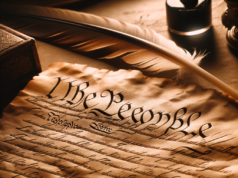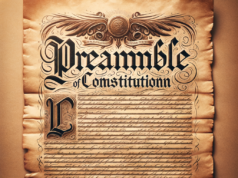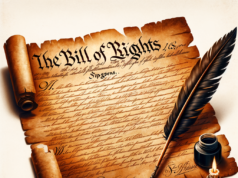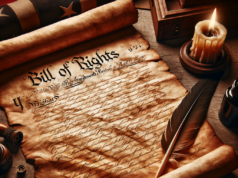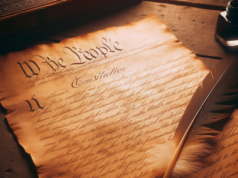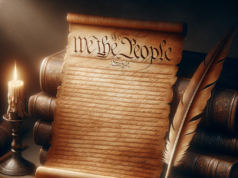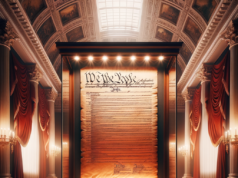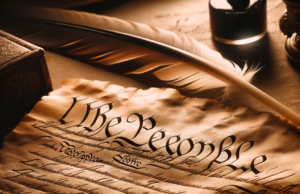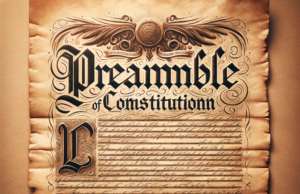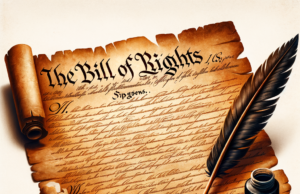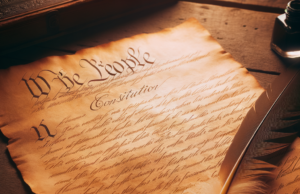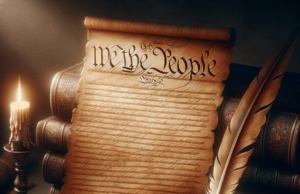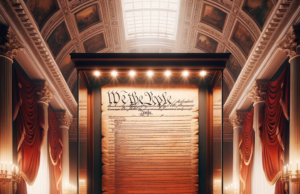Table of Contents
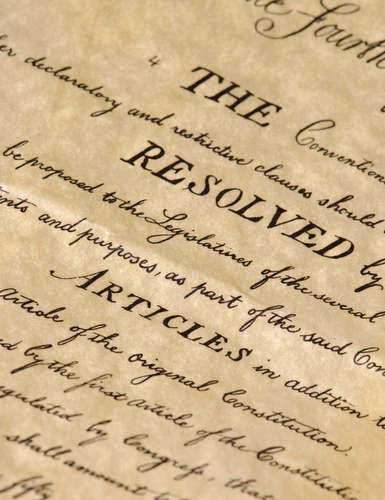
The First Amendment to the United States Constitution, which was adopted on December 15, 1791, is one of the most well-known and influential amendments. It guarantees citizens of the United States certain freedoms and rights that are essential to democracy and individual liberty. Specifically, the First Amendment protects freedom of religion, freedom of speech, freedom of the press, the right to peaceably assemble, and the right to petition the government for a redress of grievances.
The text of the First Amendment reads as follows: “Congress shall make no law respecting an establishment of religion, or prohibiting the free exercise thereof; or abridging the freedom of speech, or of the press; or the right of the people peaceably to assemble, and to petition the Government for a redress of grievances.”
Establishment Clause
The first part of the First Amendment is called the Establishment Clause, which prohibits the government from establishing an official state religion or favoring one religion over another. This clause ensures that all religions are treated equally and that the government cannot interfere with an individual’s religious beliefs or practices.
Free Exercise Clause
The second part of the First Amendment is called the Free Exercise Clause, which guarantees that individuals have the right to practice their religion as they see fit, without interference from the government. This clause protects the individual’s right to freely worship and express their religious beliefs.
Freedom of Speech Clause
The third part of the First Amendment is the Freedom of Speech Clause, which protects individuals’ rights to express themselves freely, without fear of government censorship or retaliation. This clause is essential to ensuring that people can speak out against government policies and voice their opinions on public issues.
Freedom of the Press Clause
The fourth part of the First Amendment is the Freedom of the Press Clause, which protects the rights of journalists and media organizations to report news and information freely, without fear of government censorship or interference. This clause ensures that the media can hold the government accountable and act as a check against government power.
Right to Peaceably Assemble Clause
The fifth part of the First Amendment is the Right to Peaceably Assemble Clause, which protects individuals’ rights to gather together in public spaces and engage in peaceful protests and demonstrations. This clause enables individuals to voice their concerns and grievances in a peaceful and non-violent manner.
Right to Petition Clause
Finally, the sixth part of the First Amendment is the Right to Petition Clause, which guarantees that individuals have the right to petition the government for a redress of grievances. This clause ensures that citizens can bring their issues and concerns directly to the government and demand that action be taken to address them.
Influence on the United States
The First Amendment has had a profound influence on U.S. history and has shaped the country’s laws and policies. One of the most notable examples of the First Amendment’s impact is the landmark Supreme Court case, New York Times Co. v. United States (1971), in which the Court held that the government cannot prevent the publication of classified information unless it can prove that the information poses a direct and immediate threat to national security. This ruling established the principle that the government cannot use national security concerns as a pretext for suppressing free speech and the press.
Another important example of the First Amendment’s influence is the case of Tinker v. Des Moines Independent Community School District (1969), in which the Court held that students have the right to express their political views in public schools, as long as their actions do not disrupt the learning environment. This ruling established that students have First Amendment rights and that schools cannot censor or punish students for expressing their political views.
In addition to these landmark cases, the First Amendment has also influenced the development of laws and policies in each of the 50 states. For example, many states have passed laws protecting the rights of individuals to free speech and assembly in public spaces, and some states have enacted laws protecting the rights of students to express their political views in schools.
The First Amendment also distinguishes the United States from many other countries around the world, where the government often restricts freedom of speech and suppresses dissenting voices. In some countries, journalists are jailed or even killed for reporting on government corruption or human rights abuses, and individuals who criticize the government can face severe punishment.
Conclusion
In conclusion, the First Amendment is a foundational element of American democracy and protects essential rights and freedoms that are essential to individual liberty and democratic governance. Its impact has been felt throughout the country’s history and has influenced the development of laws and policies in each of the 50 states. As the United States continues to face new challenges and threats to freedom of speech and expression, the importance of the First Amendment remains as important as ever.
The First Amendment of the United States Constitution is contained in the bill of Rights. The First Amendment has proven to be one of the most fundamental and important Amendments with respect to the rights attributed to the populace of the United States.
Originally, the First Amendment was implemented and applied solely to Congress. However, by the beginning of the 20th Century, it was upheld that the First Amendment is to apply to all forms of government, including at the state and local levels. The Supreme Court decided that the fourteenth AmendmentDue Process Clause would apply to the 1st Amendment, and thus, rendered such a decision.
As stated in the United States Constitution, “Congress shall make no law respecting an establishment of religion, or prohibiting the free exercise thereof; or abridging the freedom of speech, or of the press; or the right of the people peaceably to assemble and to petition the Government for a redress of grievances.” Though a relatively short and concise assertion, the text provides for quite an encompassing set of rights that protect the citizens of the United States and some of the most important and basic human rights.
The First Amendment has many clauses that relate to each of the concepts that it sets out to protect. Religion is discussed in two Clauses: one regarding the establishment of religion and the other the free exercise of religion. This proves to be one of the most important rights to secure by the Fathers of the Constitution, for so many people of European descent immigrated to the American Colonies to avoid religious persecution and find a safe haven to practice their religion of choice without any dire consequences.
The First Amendment prohibits the government to establish a formal or national religion for the nation. It also addresses that there will be no preference for any particular religion, including the practice of no religion, or non-religion. The 1st Amendment guarantees the people of the United States the free exercise of religion without interference from Governmental factions. This right would also extend to any organization or individual infringing upon such right and would be deemed as unconstitutional.



